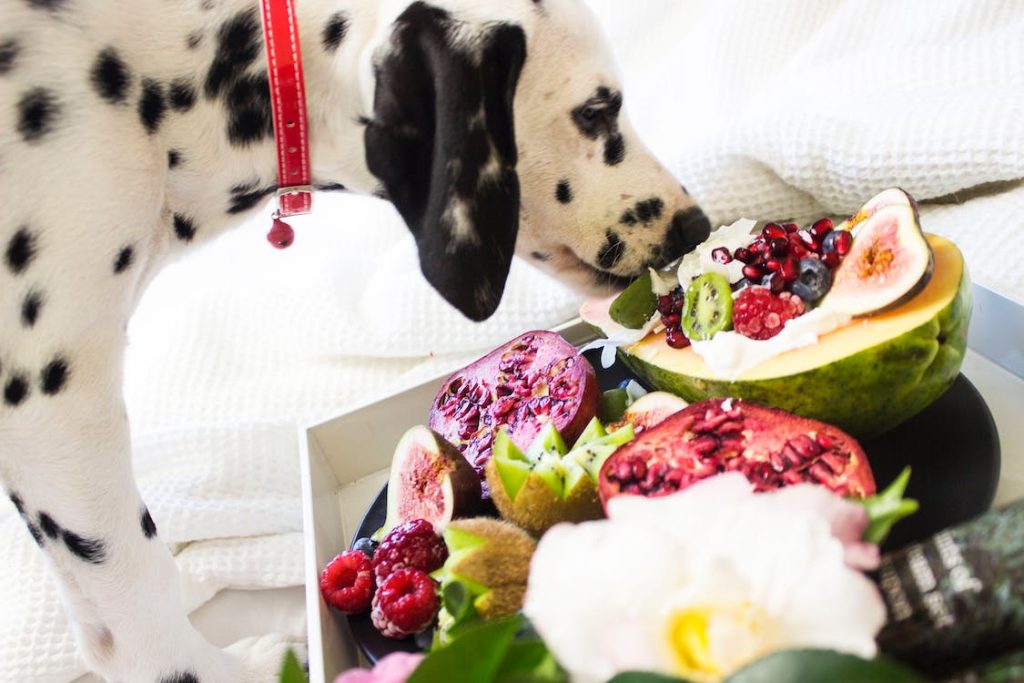If you’re considering adding a new feline friend to your household, a tabby cat might be just the purr-fect addition! With their distinctive striped coat and friendly personality, tabby cats have become a beloved breed among cat owners worldwide. In this blog post, we’ll delve into the characteristics, history, care, and helpful information for pet owners of tabby cats.
Tabby Cat Breed Overview
PERSONALITY: Friendly, independent, outgoing, adventurous
WEIGHT: Up to 18 pounds
LENGTH: Up to 40 inches
COAT LENGTH: Short Hair or Long Hair
COAT COLORS: Brown, gray, orange, or black
COAT PATTERNS: Tabby
EYE COLOR: Green, gold, or blue
LIFESPAN: Up to 18 years
HYPOALLERGENIC: No
ORIGIN: Ancient Egypt
Tabby Cat Characteristics
Tabby cats are known for their distinctive coat patterns, which are created by bands of alternating colors. However, there are many other characteristics that make tabby cats unique. Here are some of the key traits that are commonly associated with tabby cats:
- Coat patterns: As mentioned, the most obvious characteristic of a tabby cat is its coat pattern. Tabby cats have bands of darker and lighter fur, which can be arranged in various patterns, such as stripes, swirls, and dots.
- Eye color: Tabby cats can have a wide range of eye colors, but green and gold are the most common. Some tabby cats may also have blue eyes, which is a rare trait in cats.
- Body type: Tabby cats can come in a range of body types, depending on their breed. Some tabby cats are sleek and athletic, while others are more stocky or muscular.
- Personality: Tabby cats are known for being friendly, outgoing, and social. They tend to be good with children and other pets, and they often enjoy being around people.
- Intelligence: Tabby cats are also known for being intelligent and curious. They love to explore their surroundings and figure out how things work.
- Health: Like all cats, tabby cats can be prone to certain health issues, such as obesity, dental problems, and kidney disease. It’s important to provide them with regular veterinary care to keep them healthy.
Overall, tabby cats are beloved for their unique coat patterns and friendly, outgoing personalities. Whether you’re a first-time cat owner or an experienced feline aficionado, a tabby cat can make a great addition to your household.
Appearance
Tabby cats are known for their distinctive coat pattern, which features stripes, spots, or swirls on a background of either gray, brown, or orange. This pattern is not exclusive to any particular breed of cat, as it can be found in many different types of cats, from the domestic shorthair to the Bengal.
There are four main tabby coat patterns: classic, mackerel, spotted, and ticked. The classic tabby has thick, bold stripes that run down the length of the cat’s body, often with a swirl pattern on the cat’s sides. The mackerel tabby has thin, narrow stripes that run vertically down the cat’s body, often resembling the skeleton of a fish. The spotted tabby has large, round spots instead of stripes, while the ticked tabby has a subtle, salt-and-pepper look to its fur.
In addition to their distinctive coat, tabby cats have a muscular, athletic build, with a medium-sized head and almond-shaped eyes that are usually green or yellow. The typical weight range for a tabby cat is 8-16 pounds, with males typically being larger than females.
Personality
Tabby cats are known for their friendly, outgoing personalities. They are often described as “people cats” because they enjoy socializing with their owners and other members of the household. Tabby cats are also intelligent and curious, and they enjoy exploring their surroundings and engaging in play.
Many tabby cats have a vocal personality, and they are not afraid to let their owners know when they want attention or when they are hungry. They are also known for their affectionate nature and often enjoy snuggling with their owners or sitting in their laps.
History
The origin of the tabby cat is a bit of a mystery. It is believed that the distinctive coat pattern has been around for centuries, as it has been found in artwork and literature dating back to ancient Egypt. However, it is not clear how the tabby coat pattern developed, or whether it was the result of selective breeding or a natural occurrence.
One theory is that the tabby coat pattern developed as a way to camouflage cats in the wild, allowing them to blend in with their surroundings and avoid predators. Another theory is that the pattern is the result of genetic mutations that occurred naturally over time.
Care
Caring for a tabby cat is relatively easy, as they are a low-maintenance breed. They require regular grooming to keep their coat in good condition, and they should be brushed once or twice a week to remove loose fur and prevent matting. In addition, tabby cats should have their teeth brushed regularly to maintain good dental hygiene.
Tabby cats also require regular veterinary check-ups to ensure that they are healthy and up-to-date on their vaccinations. They should be fed a high-quality cat food that is appropriate for their age and activity level, and they should have access to clean water at all times.
Types of Tabby Cat
Tabby cats are one of the most common and popular feline breeds. They are known for their distinctive coat pattern, which is characterized by stripes, dots, or swirling patterns. While all tabby cats share this distinctive coat pattern, there are actually several different types of tabby cats, each with its own unique characteristics.
- Classic Tabby: The classic tabby, also known as the blotched tabby, is perhaps the most recognizable type of tabby cat. It has thick, bold, swirling stripes that run along its body, giving it a distinctive and eye-catching appearance.
- Mackerel Tabby: The mackerel tabby is another common type of tabby cat. It has narrow stripes that run vertically along its body, resembling fishbones. This pattern is sometimes referred to as a “tiger stripe” pattern.
- Spotted Tabby: As the name suggests, spotted tabby cats have spots on their coat instead of stripes. These spots can be small and numerous or larger and more widely spaced, giving the cat a unique and playful appearance.
- Ticked Tabby: Ticked tabbies have a unique coat pattern that gives them a slightly different appearance than other tabby cats. Instead of distinct stripes or spots, their coat is made up of individual hairs that are banded with different colors. This gives the cat a speckled or “salt and pepper” appearance.
- Patched Tabby: Finally, there is the patched tabby. This type of tabby has large patches of tabby markings on its coat, with other areas being solid colors. This creates a striking contrast and gives the cat a unique and eye-catching appearance.
Overall, tabby cats are a fascinating and diverse breed with a wide variety of different coat patterns and markings. Whether you prefer a classic tabby with bold stripes or a more unique ticked or spotted tabby, there is a tabby cat out there for everyone.
Helpful Information for Pet Owners
If you’re considering adding a tabby cat to your household, there are a few things to keep in mind. Here are some helpful tips for pet owners:
- Make sure you have the time and resources to care for a cat. Tabby cats require daily care and attention, including feeding, grooming, and playtime.
- Consider adopting a cat from a shelter or rescue organization







